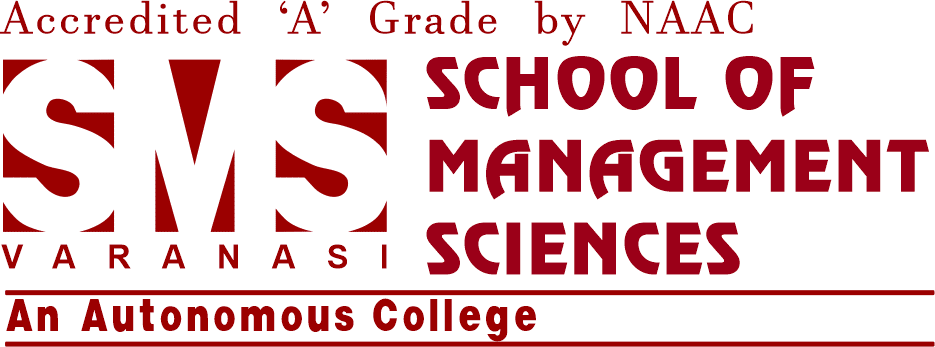
Imagine you go to a shop to buy something as simple as a Pond’s cream. But the shop doesn’t have it and the shopkeeper tells you that it will be restocked ‘sometime soon’. Wouldn’t this put you off? And if it happens three or four times, you will probably start going to another shop where everything you need remains available at all times!
On the other hand, there’s a shop which has too many unsold products sitting on its shelf for a long time. When you go there to buy a packet of chips, you notice it’s dusty and is almost going to expire. You probably wouldn’t want to buy it. For the shop, the costs of storing these products pile up.
These are some of the nightmares that haunt businesses that fail to master inventory management.
Inventory management is the meticulous dance of ensuring you have enough stock to meet customer demand without overstocking. It’s a crucial element of business success, as it directly affects profitability and customer satisfaction. Get it wrong, and you face the twin perils of stockouts and excess inventory.
Stockouts aren’t just a missed opportunity. They breed frustrated customers, who may never return, damaging your reputation. On the flip side, excess inventory gobbles up storage space, ties up valuable capital, and risks becoming obsolete – a direct hit to your bottom line.
As future business leaders and managers, BBA and MBA students must grasp this delicate equilibrium. Mastering inventory management models and understanding real-life inventory control case studies will empower you to make informed decisions. Striking the perfect balance is vital to ensure smooth operations, satisfied customers, and a healthy, thriving business.
Key Concepts of Inventory Management

Every business wants to know how much of something customers will crave in the coming month or quarter! And demand forecasting techniques do just that.
Demand forecasting techniques include historical data analysis (looking at past sales), moving averages (smoothing out fluctuations), and time-series analysis (picking up seasonal patterns), They can help you plan inventory levels.
Remember, accurate forecasts are crucial – they form the foundation of your inventory decisions.
Here’s an example:
‘Spice & Chutney’ restaurant sold 100 burgers daily this month. It predicts a 20% increase for the summer rush. It means that it will need an inventory of 120 burger patties next month.
Reorder Points: Your Stockout Shield
Think of reorder points as your inventory safety net. It’s the magic number – the stock level at which you need to replenish your supply to avoid those dreaded “out of stock” signs.
Calculating them involves factors like lead time (how long it takes for new stock to arrive) and average demand. Getting reorder points right saves you from missed sales and grumpy customers.
Here’s an example:
A bakery called ‘Devil’s Delight’ sets a reorder point of 50 cupcakes. Once inventory dips below 50, they trigger a new order to ensure they don’t run out before the next shipment arrives.
Safety Stock: Insurance Against the Unexpected
Life can get very unpredictable and so do businesses. Customers might suddenly want more, or a delivery could be delayed. That’s where safety stock comes in! It’s your buffer against those unpredictable curveballs.
Think of it like an inventory airbag. Determining the right level involves a bit of statistical wizardry, balancing the risk of stockouts with the cost of carrying extra stock.
Here’s an example:
Before the monsoon season, the Delhi Pharmacy prepares a safety stock of 20% extra cough syrups beyond their usual demand forecast – fearing unexpected surges in the demand for cold & flu medication.
Inventory Management Models
Economic Order Quantity (EOQ): The Quest for Minimum Cost
The EOQ model is like your inventory budgeting guru. It helps you find that sweet spot – the perfect order size that minimises your total inventory costs (that’s ordering costs and holding costs combined).
Of course, it has a few assumptions like consistent demand and fixed ordering costs, but it’s a powerful tool for getting that balance right.
For example:
Bike shop ‘Spokes & Gears’ used to order batches of 100 bicycle tubes at a time. After implementing EOQ, they found they could reduce ordering costs by optimizing order quantity to 75 tubes while maintaining sufficient stock to meet customer demand.
ABC Analysis: Not All Inventory is Created Equal
In ABC analysis, you categorize the items in your inventory based on their value. ‘A’ items are star items – high-value products that need close attention. ‘B’ items are of middle value, and ‘C’ items are the ones you spend less time worrying about. This helps you prioritize your inventory control efforts, so you’re not wasting time on low-value items when the ‘A’ items need your focus.
For example:
A famous clothing store ‘Dress to Impress’ implemented ABC analysis. They discovered that 20% of their items (expensive designer wear) accounted for 80% of their value, allowing them to prioritize tight controls for these high-cost items.
Just-in-Time (JIT): Lean and Mean Inventory
JIT is the philosophy of having the right stuff, just when you need it. Isn’t it a dream for all businesses? This is an ideal situation with no excess stock lying around and a smooth flow of goods.
Its benefits include lower holding costs and less waste, but it’s not without challenges! To make this possible, you need super-reliable suppliers and excellent forecasting. Otherwise, supply chain hiccups will leave you empty-handed.
For example:
Car manufacturer REV implemented Just-in-Time by working closely with suppliers. They ordered parts needed in the factory every morning – making it possible to make them available precisely when needed. This reduced their storage costs and ensured a steady flow of production.
Read the second part of the article to read some inventory control case studies and some additional tips for inventory management:
How to Optimise Inventory Management to Avoid ‘No Stock’ OR Waste? – Part 2





